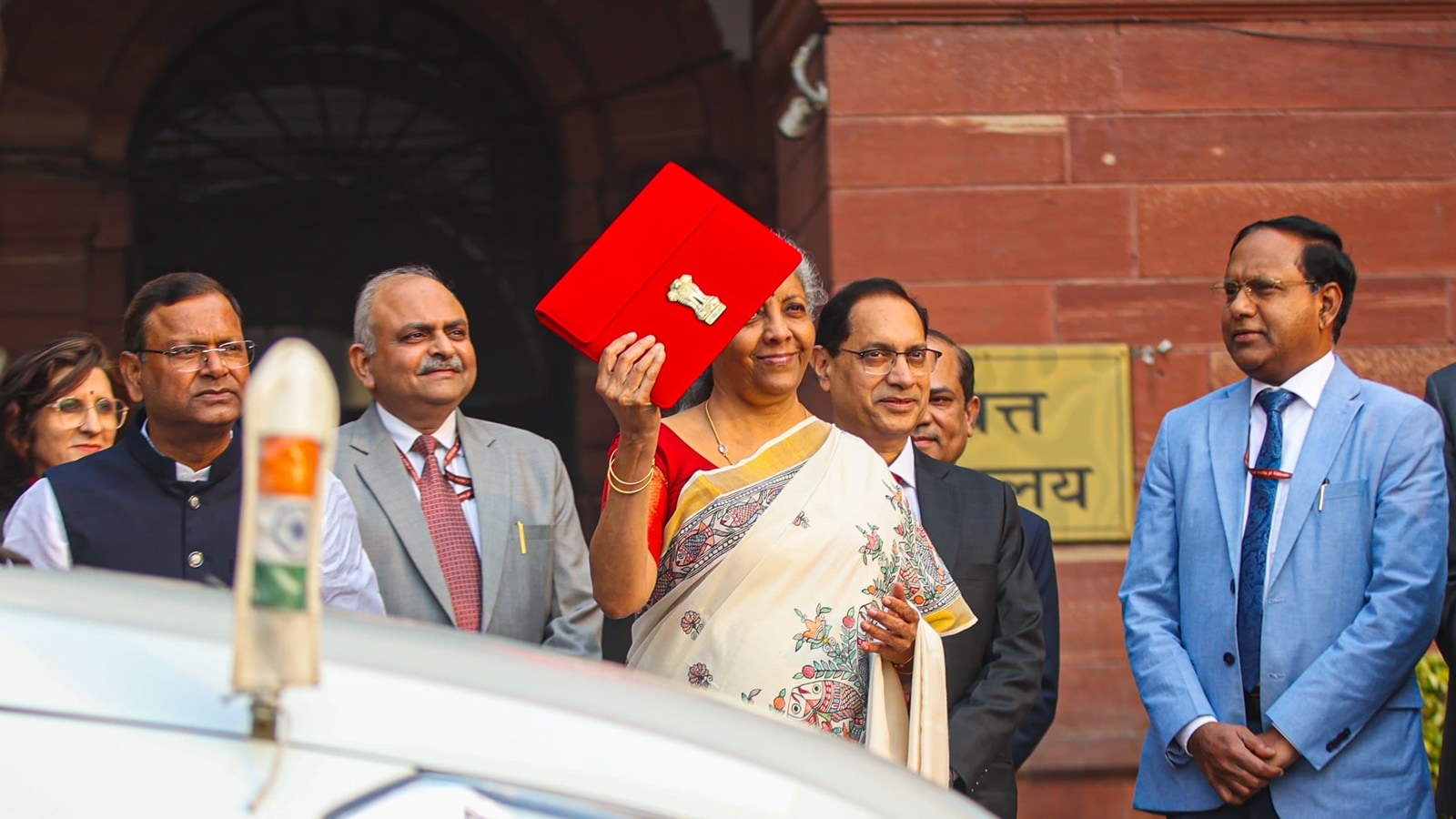A stark contradiction has marked India in the post-Covid era. On the one hand, India has consistently been the fastest-growing major economy in the world. On the other hand, data from across sectors indicates that aspirational middle class Indians are reluctant to spend.
Story continues below this ad
An exclusive survey conducted by C Voter suggests that apart from factors like uncertainty about the future, the middle class feels the tax burden is uncomfortably high. This sentiment is uniform across income tax, GST and even toll collections. With consumption accounting for about 60 per cent of GDP, sustaining a 7.5 per cent to eight per cent growth rate is impossible unless there is more consumption. The survey results clearly indicate that aspirational Indians are so troubled and miffed with the regime that, barring essentials, they have largely decided not to spend on the so-called “discretionary” purchases. It is an important reason why GDP growth is slowing down. The recent Economic Survey forecasts a 6.3 per cent to 6.8 per cent growth rate in the Financial Year 2026. An eight per cent GDP growth rate now looks like a distant dream.
About two-thirds of families earning between Rs 3,00,000 and Rs 7,00,000 say the income tax is excessive or high. In the same category, about three in four Indians feel that GST is excessive or high; and three in four also say toll collections are excessive or high. This category of Indians – the bulk of the population – is also unhappy with the NDA regime. More than 40 per cent rate the performance of Finance Minister Nirmala Sitharaman as bad while only 16 per cent rate it as good. Close to 60 per cent say that the Modi regime has been unfair to the middle class.
The authors would like to highlight one key data point that explains the consumption slowdown amongst aspirational Indians. In 2018-19, two-wheeler sales crossed 21.5 million units in India, a record number. The next year, it dipped to 17.5 million units. The next year, Covid ensured that sales crashed to about 15 million. In 2021-22, the economy recovered spectacularly, and GDP growth was more than healthy at 8.7 per cent. Yet, two-wheeler sales plummeted further to about 13.5 million units. In 2023-24, sales were 17.9 million units. Going by the monthly two-wheeler sales numbers between April and December 2024, given by the Society of Indian Automobile Manufacturers, the projected sales in 2024-25 will be 20 million. It is the aspirational Indians who buy two-wheelers. They also constitute the bulk of the population. Their reluctance to spend means that all the brouhaha around an eight per cent GDP growth rate will remain limited to rhetoric. Sure, record car sales create a buzz, but increased car sales do not add much heft or depth to the overall consumption that delivers a high GDP growth rate. Additionally, a closer look at smartphone sales data reveals that while premium models like the iPhone report staggering growth, budget smartphones report an actual decline.
Story continues below this ad
Returning to the survey, there is a glaring difference in how people across income categories feel about taxes and the government. In many ways, the data also reveals why economists struggle to define the middle class in India. For instance, about 60 per cent of the respondents in the C Voter survey in the Rs 3,00,000 to Rs 7,00,000 income per year category feel the Modi regime is unfair to the middle class. Interestingly, 43 per cent of those who earn between Rs 12,00,000 to Rs 15,00,000 a year say they don’t pay any income tax. Besides, 46 per cent of those earning more than Rs 15,00,000 didn’t want to answer the question. Contrastingly, 70 per cent of those earning between Rs 7,00,000 and Rs 10,00,000 say they pay income tax. These are indisputably “salary” earning employees in the organised sector whose tax gets deducted before their salary is deposited, and 78 per cent of them think they are taxed too much. 86 per cent of those in the Rs 12,00,000 to Rs 15,00,000 income category say that the income tax is excessive.
most read
A large majority of those earning between Rs 3,00,000 to Rs 15,00,000 feel that GST is excessive. For those earning more than Rs 15,00,000, only one-third feel so. Amongst those earning between Rs 3,00,000 to Rs 7,00,000, 42 per cent rate the Modi regime’s performance on the Budget over the last ten years as very poor while 18 per cent say it has been excellent. For those in the Rs 15,00,000 and above category, 29 per cent rate it as very poor, while 54 per cent rate it as excellent. One more data point solidifies the stark difference in perceptions. In the Rs 3,00,000 to Rs 7,00,000 income category, 67 per cent feel that the Modi regime is not wisely spending the tax it collects. For those earning more than Rs 15,00,000, the proportion drops to 48 per cent.
Two conclusions can be drawn. First, India can say goodbye to 8 per cent GDP growth in the near future. Second, it is astonishing how the Opposition in India is not able to capitalise on the simmering resentment among aspirational Indians over livelihood issues.
Yashwant Deshmukh is the Founder & Editor in Chief of C Voter Foundation and Sutanu Guru is the Executive Director C Voter Foundation


